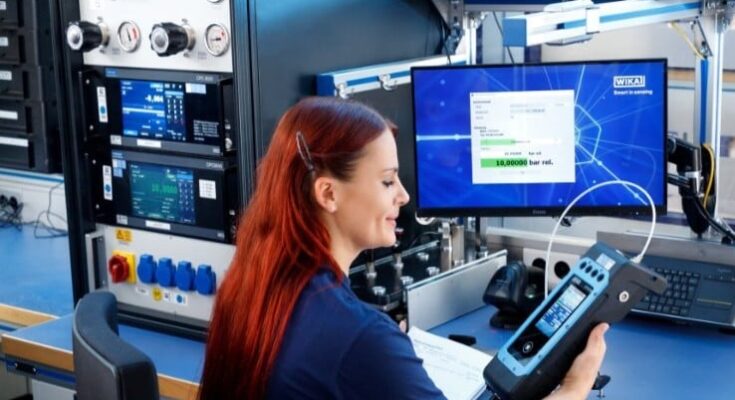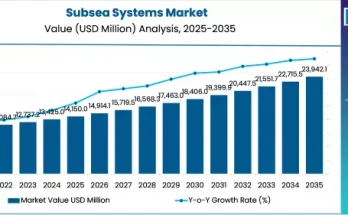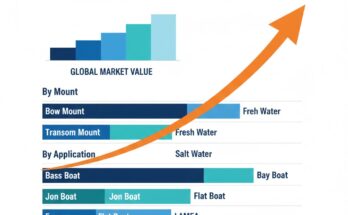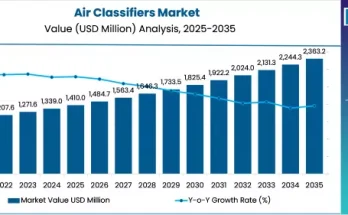In an era where quality, safety, and regulatory compliance matter more than ever, the electrical calibration equipment market plays a vital role across industries. These instruments—ranging from multimeters and signal generators to advanced power analyzers—ensure accuracy and traceability in electrical measurements, forming the foundation of trustworthy operations in sectors like electronics, automotive, healthcare, and utilities.
Market Snapshot & Growth Outlook
The global market for electrical calibration equipment was valued at approximately US $2.4 billion in 2023 and is projected to grow to around US $4.2 billion by 2033, at a steady CAGR of about 5.6%. Electrical calibration represents a substantial share of the broader calibration equipment space, dominating alongside mechanical and thermal calibration segments.
Electrical devices remain critical across laboratory, industrial, and vehicle-related applications—positioning this segment as a linchpin of measurement infrastructure.
What’s Driving Demand?
Several factors are fueling market growth:
-
Regulatory & quality compliance mandates – Stringent standards compel organizations in aerospace, pharmaceuticals, electronics, and healthcare to routinely calibrate electrical instruments.
-
Automation and smart tech integration – The rise of Industry 4.0 has spurred demand for smart calibration tools capable of cloud connectivity, remote monitoring, and automated workflow integration.
-
Quality assurance in production – Manufacturers prioritize spectral precision, and calibration underpins quality inspection, reducing downtime and wastage across high-volume production lines.
Segmentations & Applications
The electrical calibration segment services key application domains:
-
Laboratory environments – Calibration labs rely on high-accuracy electrical standards for research, testing, and certification.
-
Industrial facilities – Calibration equipment is essential for quality control in manufacturing, automotive production, and utilities management.
-
Other use cases extend to vehicle electronics testing, aerospace instrumentation, power electronics diagnostics, and communication systems calibration.
Regional Dynamics
-
North America currently accounts for the largest revenue share in the market, characterized by strong regulatory frameworks, a mature industrial ecosystem, and significant innovation adoption.
-
Europe follows closely, driven by industries demanding high precision such as automotive, aerospace, and pharmaceuticals.
-
Asia-Pacific, though currently representing a smaller share, is the fastest-growing region, fueled by rapid industrialization in China, India, Japan, and Southeast Asia.
-
Latin America and the Middle East & Africa are emerging, with growing adoption but still lower market penetration.
Key Technology Trends
Smart & Cloud-Enabled Calibration Tools
Manufacturers are introducing wireless and cloud-connected calibration systems, enabling real-time monitoring, remote diagnostics, and secure data storage—especially relevant for decentralized workforce and IoT-ready plants.
Portable & Automated Solutions
Demand is increasing for portable calibrators—digital multimeters, loop calibrators, and benchtop systems—that simplify service delivery. Automation tools reduce manual effort and improve measurement repeatability.
Regulatory & Standardization Pressure
Standardized calibration procedures and traceability requirements remain inconsistent across industries and regions, creating complexity for compliance efforts. Harmonization initiatives continue to evolve.
Market Leaders & Competitive Landscape
Top companies driving innovation and offering diverse equipment portfolios include:
-
Fluke Corporation
-
Keysight Technologies
-
WIKA
-
Ametek
-
Omega Engineering
-
Tektronix
-
Martel Electronics
-
Extech
-
Additel
-
Beamex
These players differentiate through R&D, smart tool integration, strategic partnerships, and global distribution networks.
Challenges Impacting Market Dynamics
-
High capital expenditure – Advanced calibration instruments like automated benches and benchtop systems require significant investment, which can be restrictive for SMEs.
-
Skilled talent shortage – Metrology expertise remains limited, and training costs slow adoption of new calibration technologies.
-
Regulatory variation – Diverse regulations across regions require tailored instrument configurations and procedures.
-
Competition from low-cost alternatives – In price-sensitive markets, lower-cost or second-hand instruments can dampen growth for premium solutions.
Opportunities on the Horizon
-
Emerging economies expansion – Asia-Pacific and Latin America offer openings, with rising manufacturing volumes and stricter quality demands.
-
Sustainability-driven innovation – Energy-efficient calibration tools, reduced power consumption, and eco-friendly design will win favor.
-
Software & service models – Calibration-as-a-Service (CaaS) and subscription platforms offer recurring revenue pathways and access flexibility.
-
Cross-sector partnerships – Collaborating with industrial automation and predictive maintenance firms opens up integrated service opportunities.
Future Outlook
The electrical calibration equipment market stands at a pivotal intersection of quality assurance, regulatory compliance, and digital transformation. With global value projected to nearly double over the next decade, companies investing in smart, automated, and cloud-connected solutions are positioned for leadership.
To succeed, industry participants must navigate evolving standards, invest in skill development, and deliver solutions that blend accuracy with affordability. From labs to factories to utilities, reliable calibration remains a linchpin—with increasing relevance as digital and green transitions accelerate.
Key Takeaways
-
The market is solidly growing at ~5–6% CAGR, expected to reach over US $4 billion by 2033.
-
North America leads today, but Asia-Pacific offers the fastest regional growth.
-
Innovation is driven by smart calibrators, automation, and cloud solutions.
-
Challenges include cost, talent gaps, and fragmented standards.
-
Opportunities lie in service subscriptions, emerging markets, and sustainability-driven design.
Electrical calibration equipment may not be headline-grabbing, but its role in ensuring product safety, compliance, and measurement certainty is indispensable. As industries digitize and expand globally, the demand for trustworthy calibration infrastructure will only intensify.
Related Reports:
Wire Cutters Market
https://www.factmr.com/report/wire-cutters-market
Mining Machinery Market
https://www.factmr.com/report/mining-machinery-market
Lawn Roller Market
https://www.factmr.com/report/lawn-roller-market
Magnetic Contactors Market
https://www.factmr.com/report/magnetic-contactors-market



